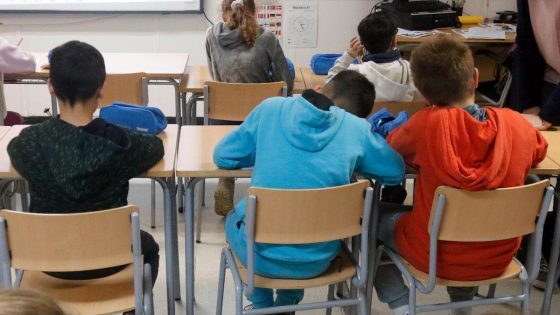Over 100 educational institutions in Catalonia are at risk of closure due to declining birth rates. The Fundació Bofill has raised concerns about the lack of planning from the Department of Education, which is affecting schools and institutes across the region. This alarming trend, noted on February 12, 2025, raises questions about the future of education in Catalonia.
- 116 Catalan schools at risk of closure
- Decline in student enrollment since 2008
- Over 49% of at-risk schools serve vulnerable students
- Increase in single-line schools affects competition
- Secondary schools experiencing overcrowding issues
- Focus on reducing student-teacher ratios needed
Why Are Schools in Catalonia Facing Closure Due to Falling Birth Rates?
Could the declining number of students lead to the closure of schools in Catalonia? The Fundació Bofill warns that 116 educational centers are at risk due to a lack of strategic planning by the Department of Education. With many schools operating below capacity, this situation not only threatens the institutions but also the quality of education for students.
Impact of Declining Birth Rates on Education in Catalonia
The Fundació Bofill highlights a pressing issue affecting Catalonia’s educational landscape. With a projected loss of 87,000 students by 2030, the implications are significant. Many schools, particularly those with single lines of classes, struggle with over 25% of their spots unfilled. This trend not only threatens the existence of these schools but also raises concerns about educational equality and access.
Key Factors Contributing to School Closures in Catalonia
Several factors are contributing to the risk of school closures:
- Declining birth rates since 2008.
- Excessive school offerings in certain areas.
- High vacancy rates in classes, especially in primary education.
- Increased concentration of vulnerable students in at-risk schools.
Addressing the Educational Crisis: Possible Solutions
To combat this crisis, the Fundació Bofill suggests several strategies:
- Implement a ten-year educational planning strategy.
- Adapt school maps to current demographic realities.
- Reduce student-to-teacher ratios in secondary education.
- Extend educational services to meet diverse student needs.
As Catalonia navigates these challenges, it serves as a reminder for educational systems globally to proactively address demographic changes and ensure that all students receive quality education.
































